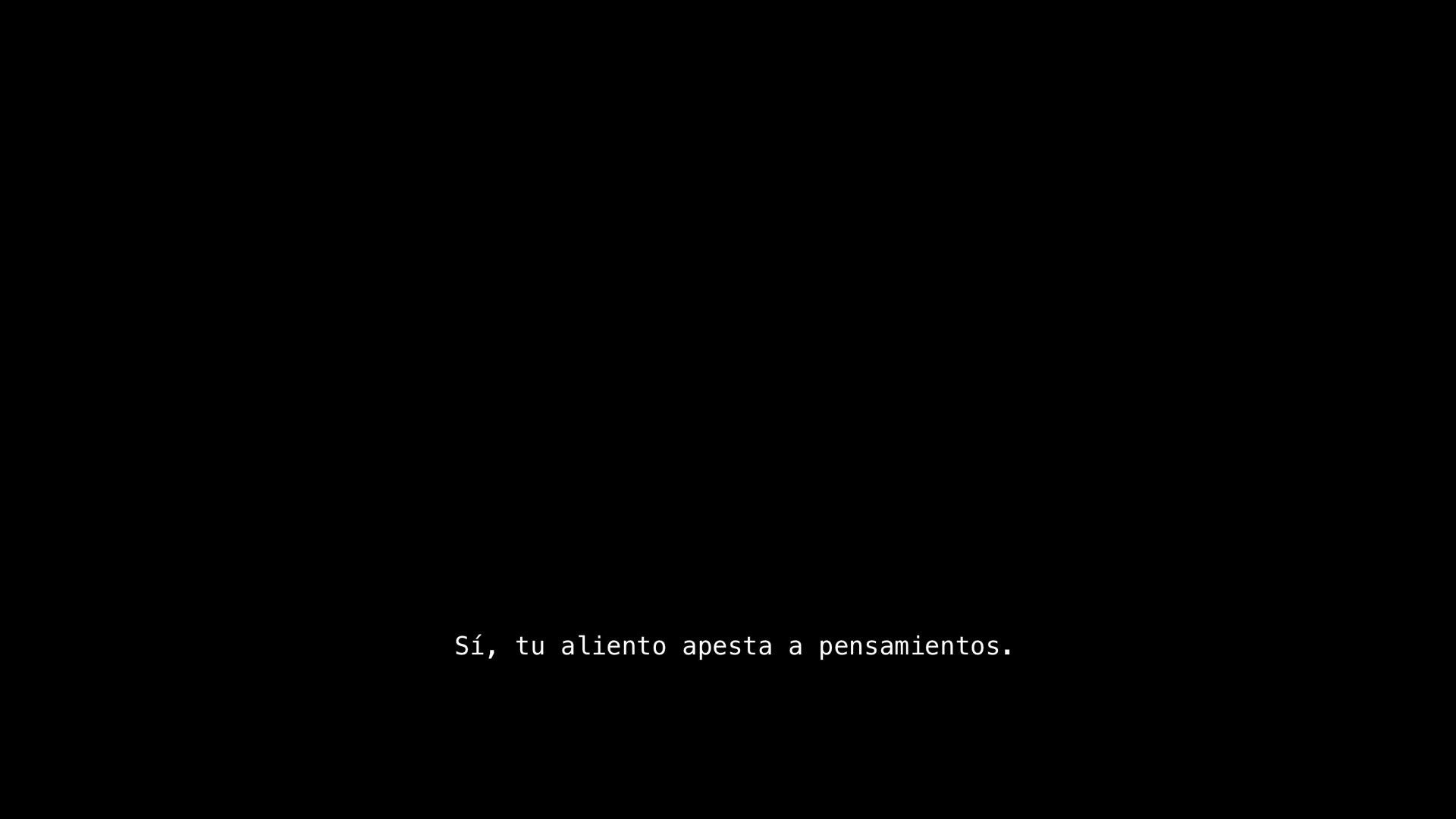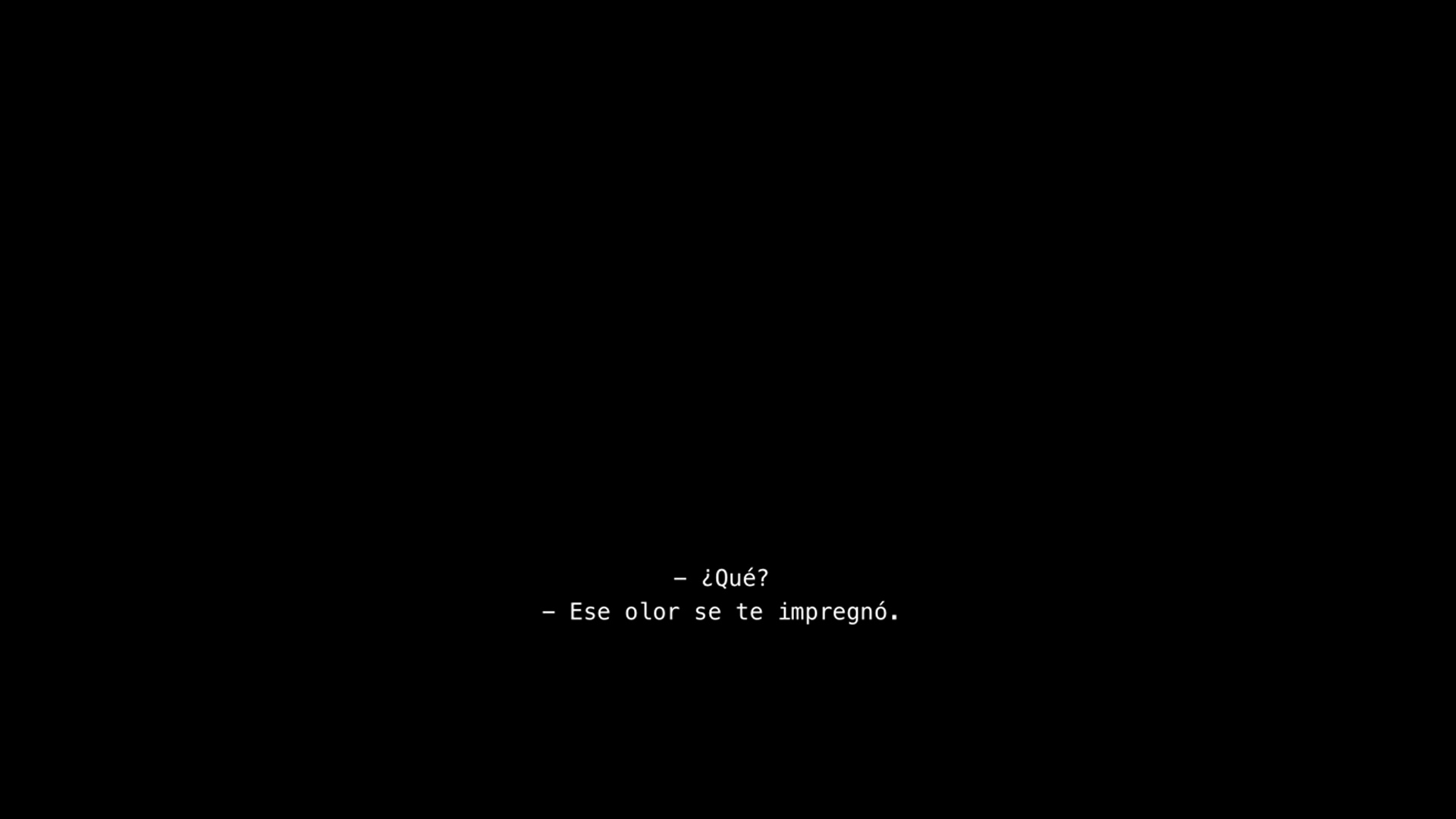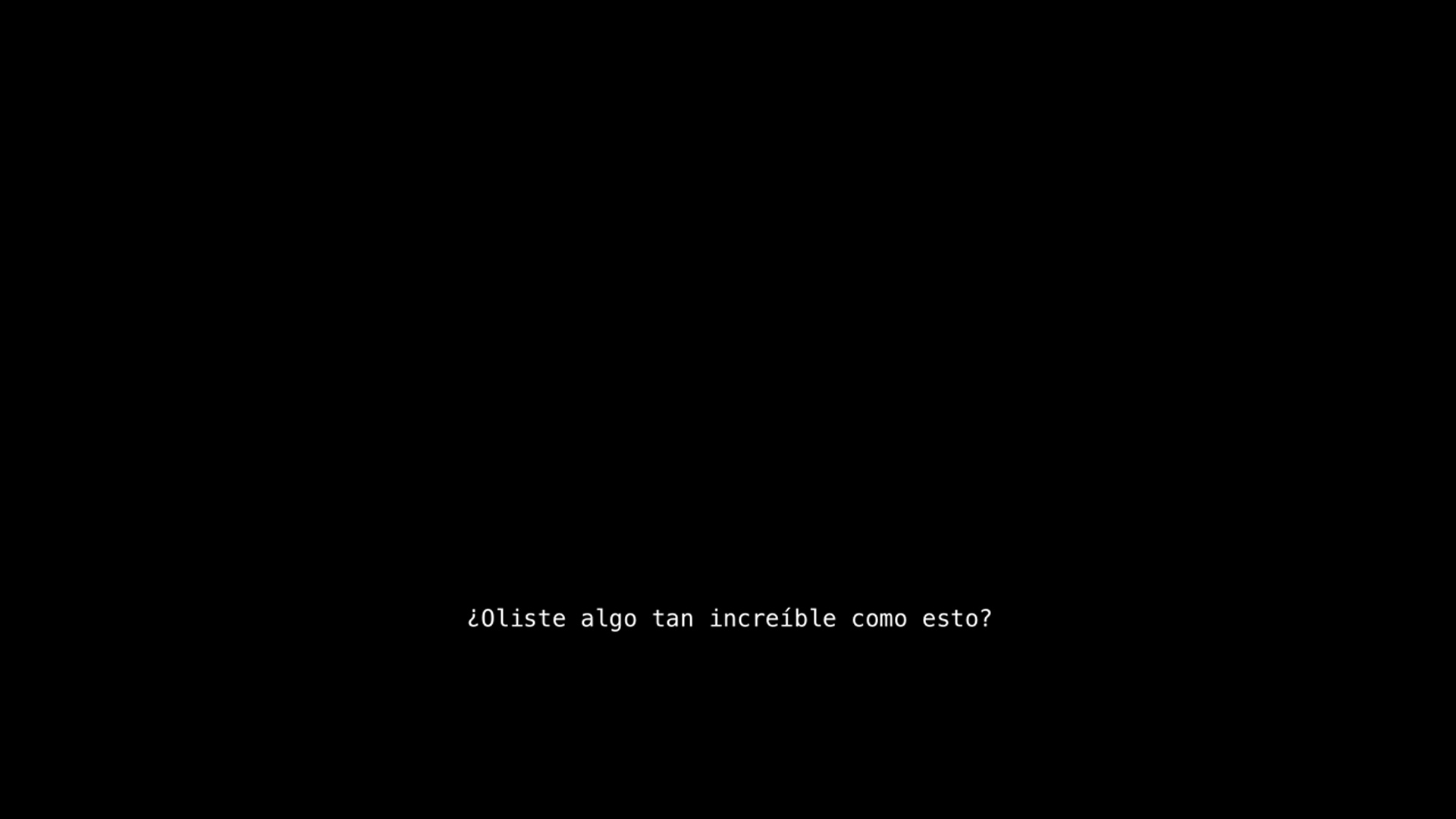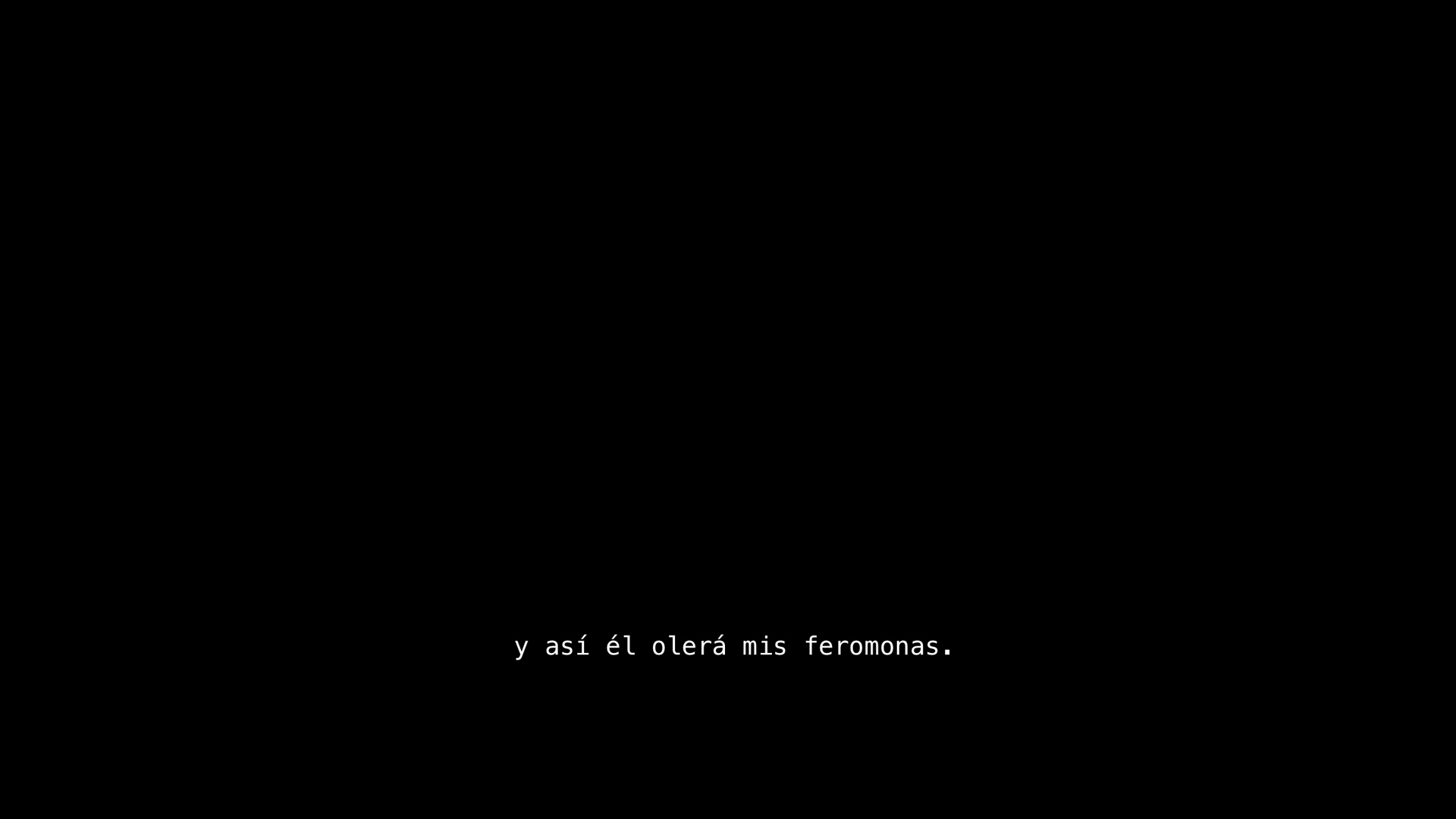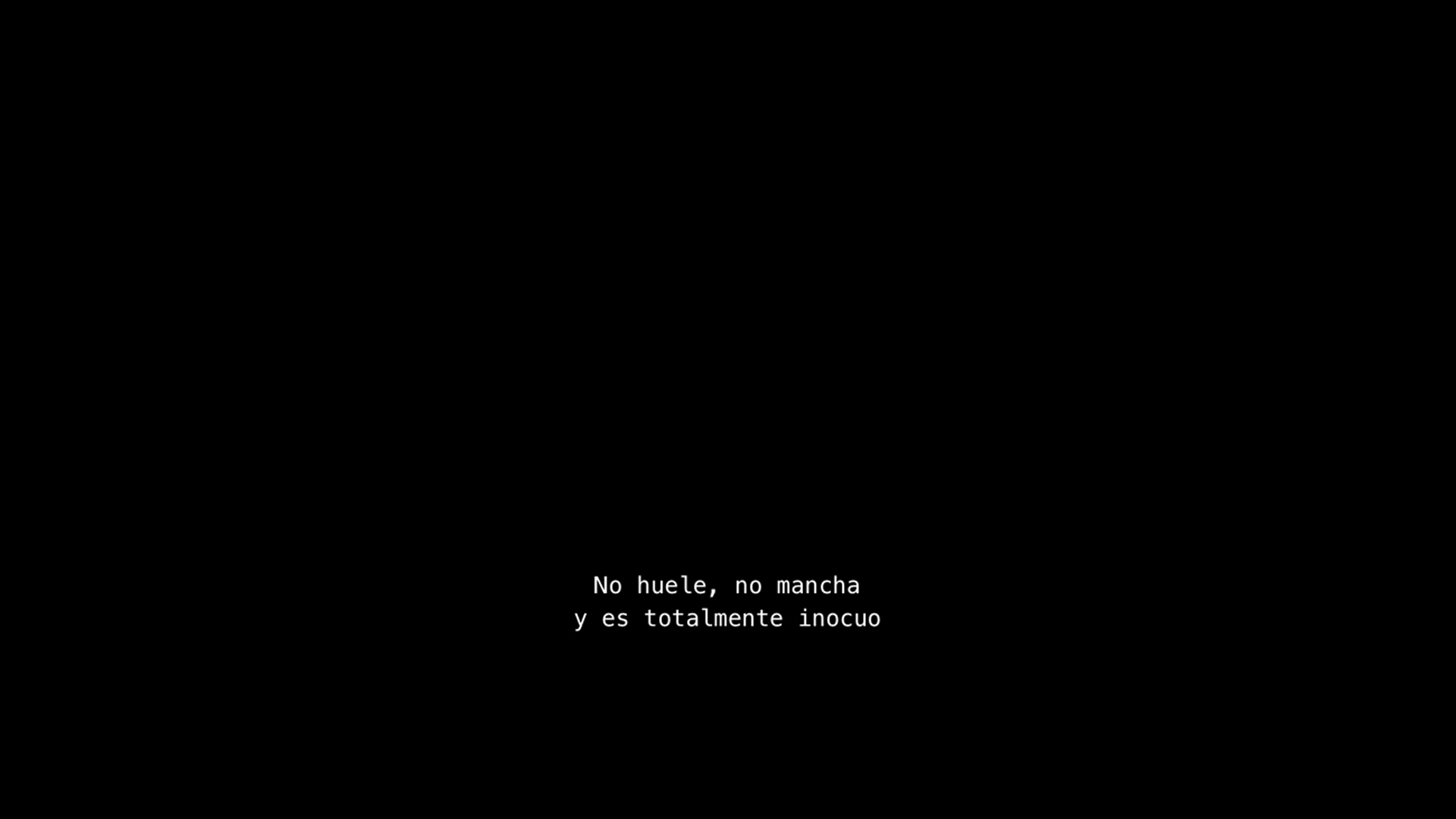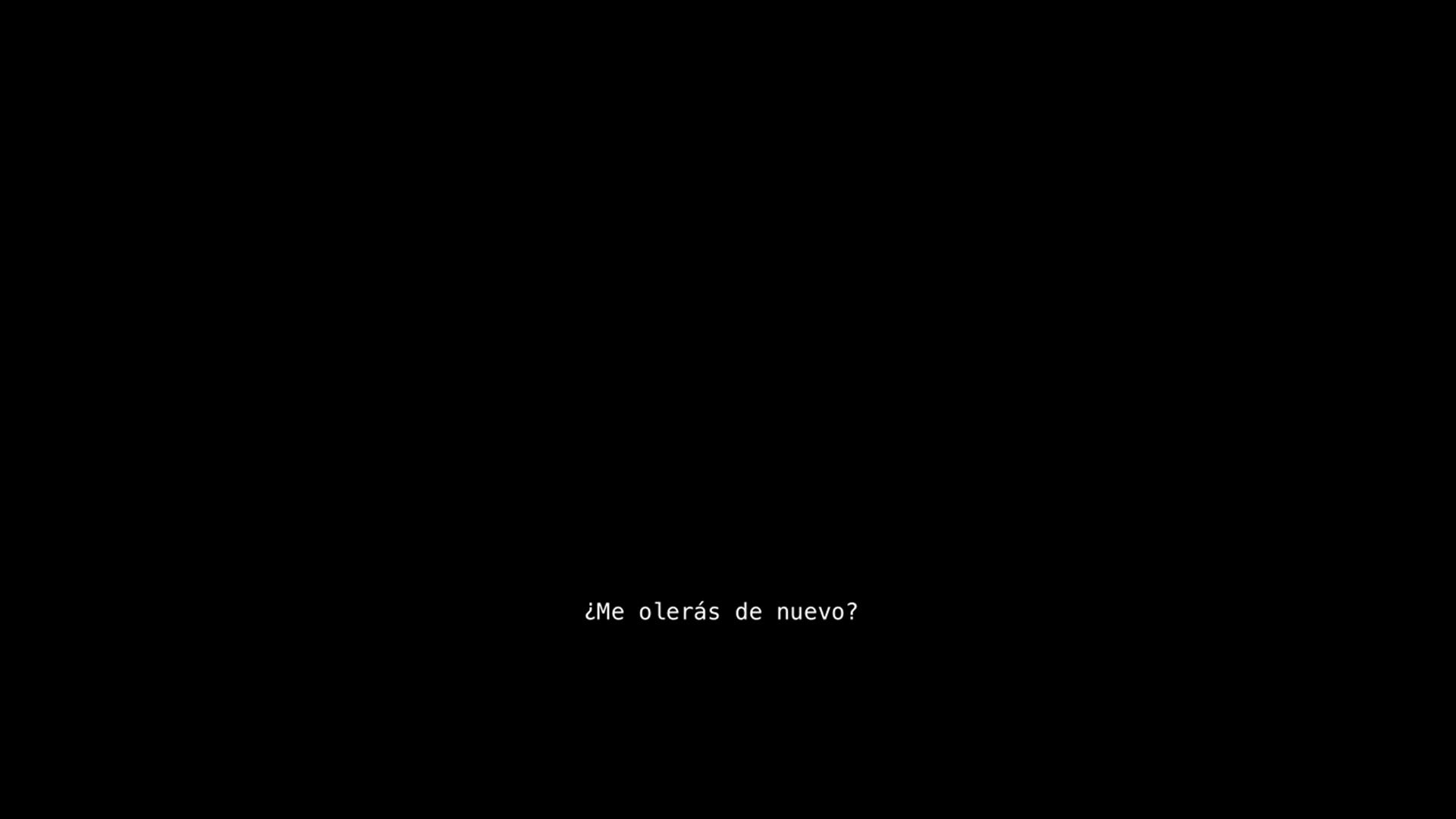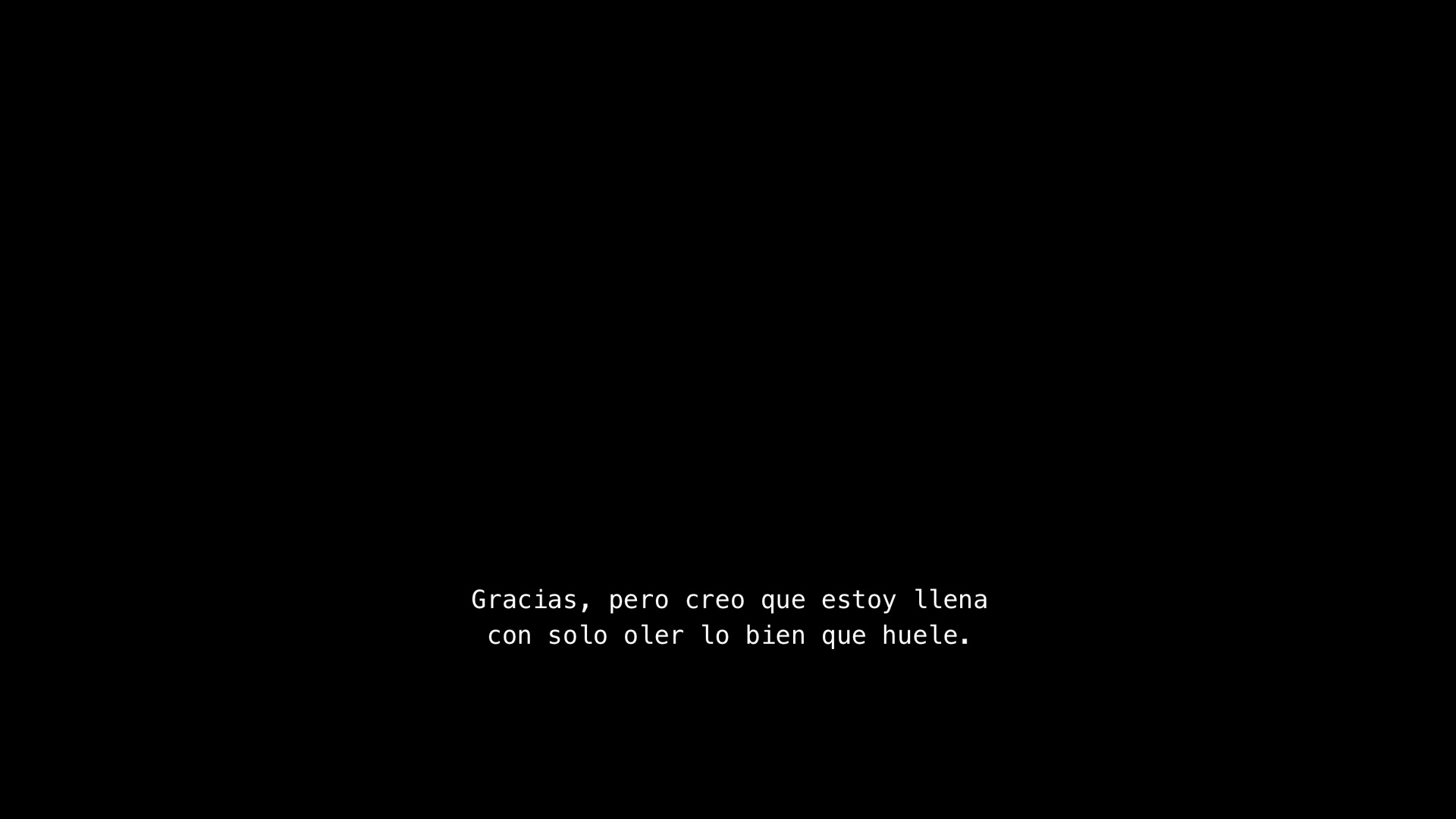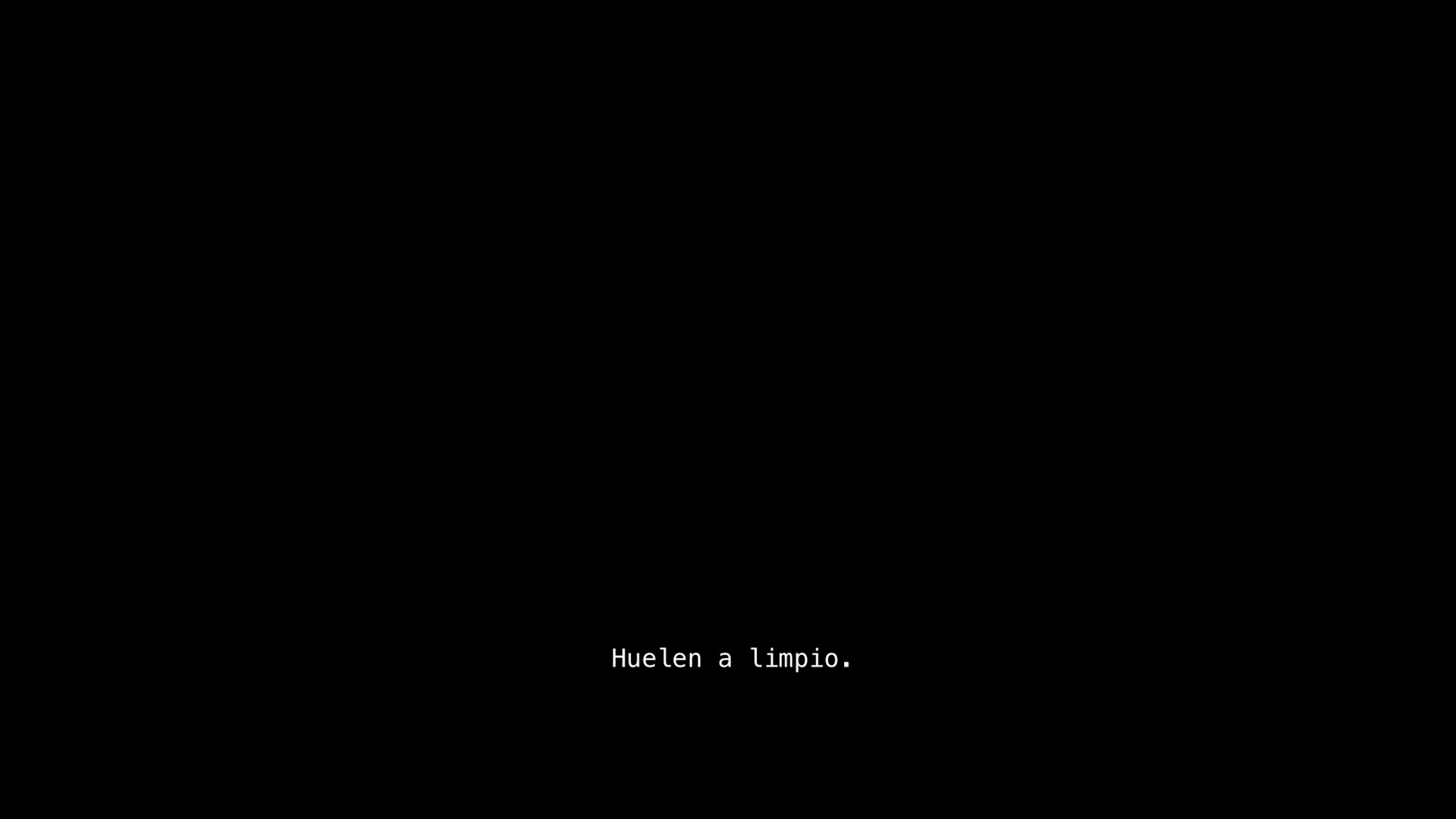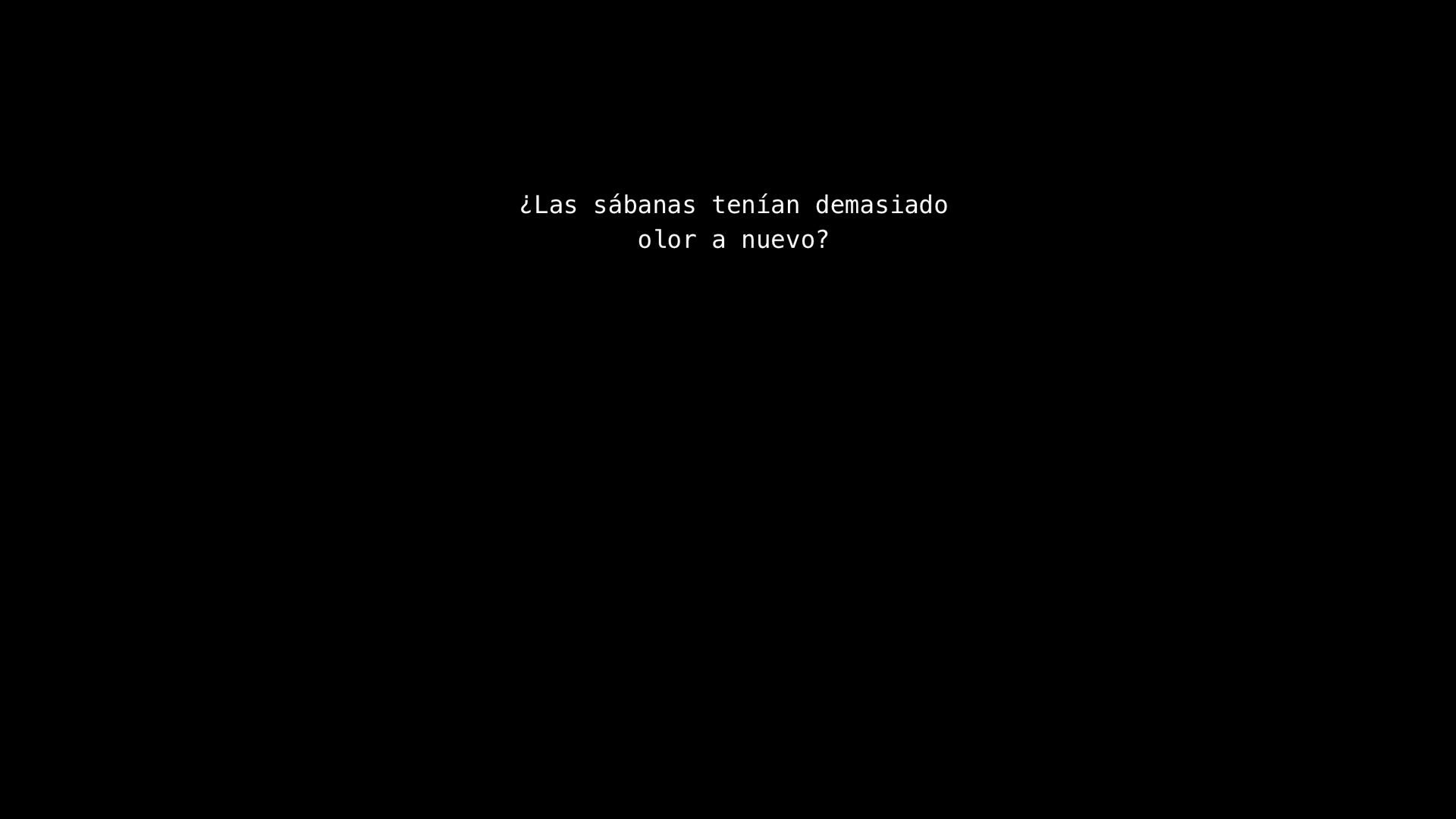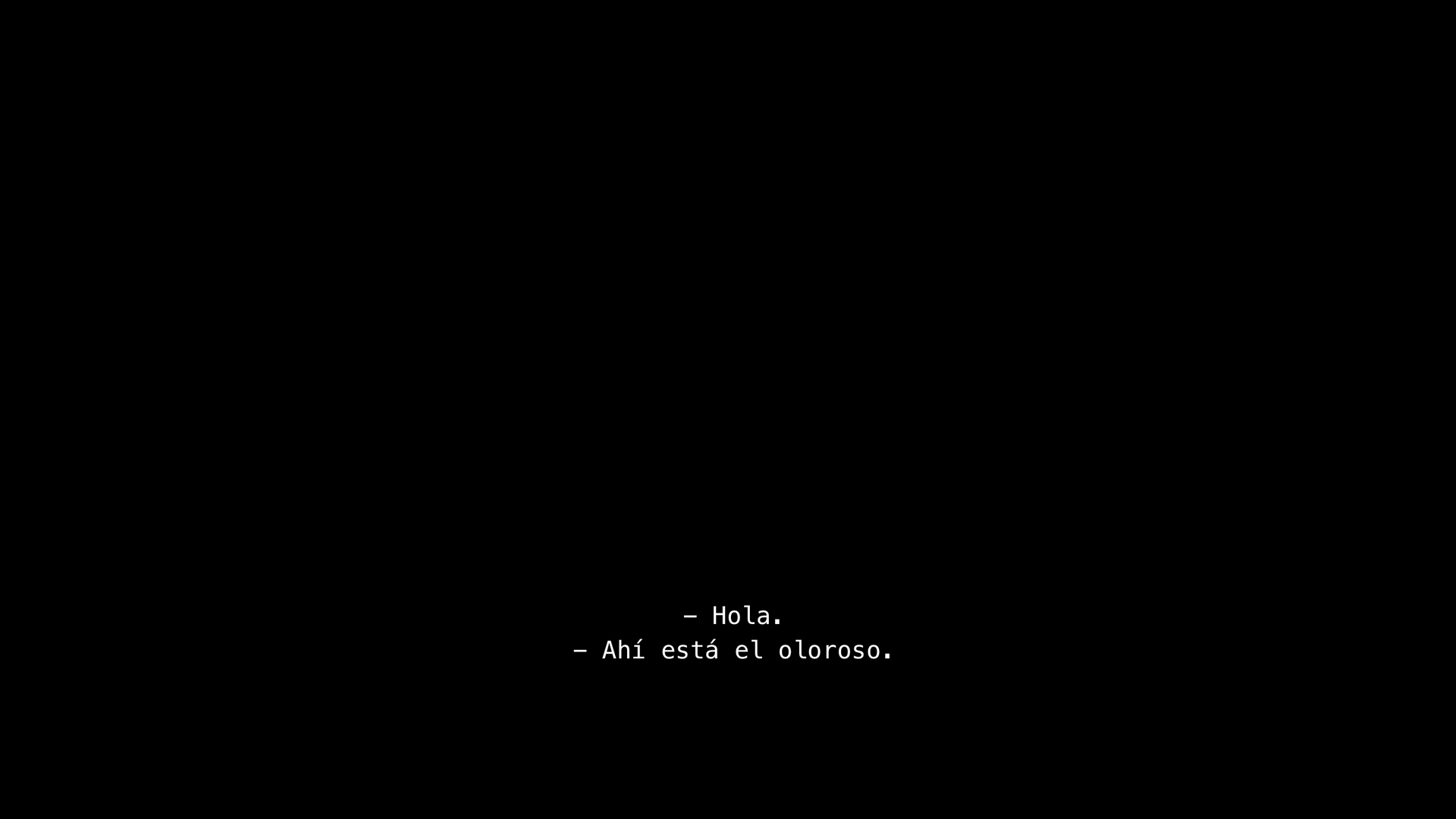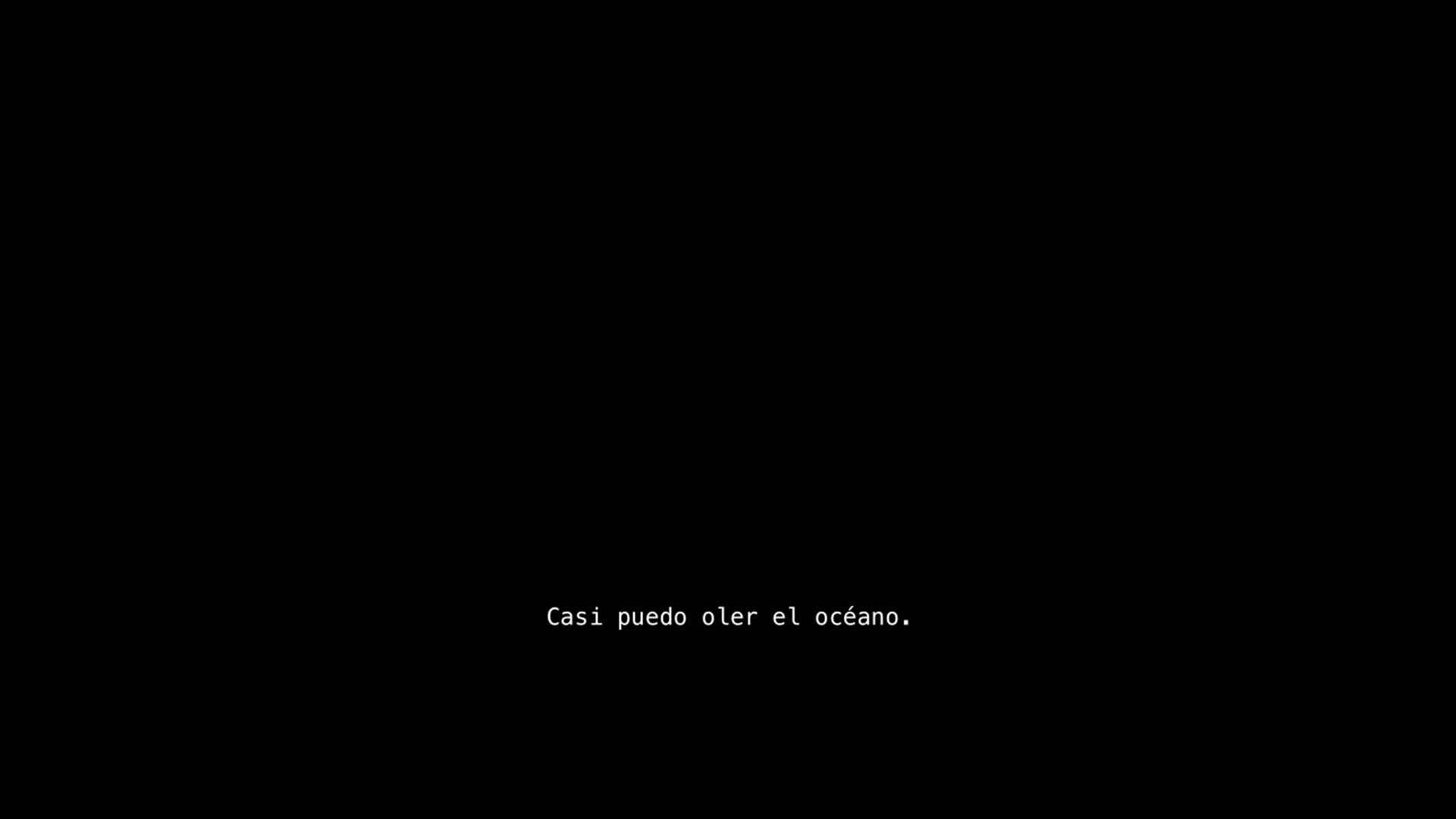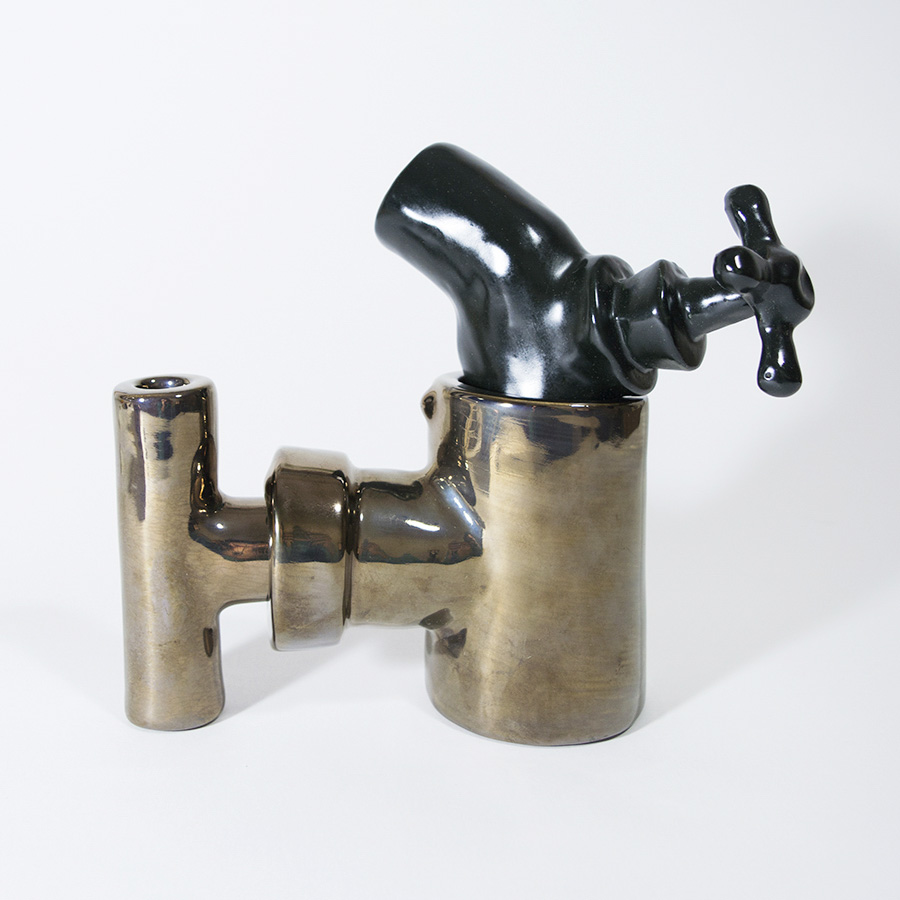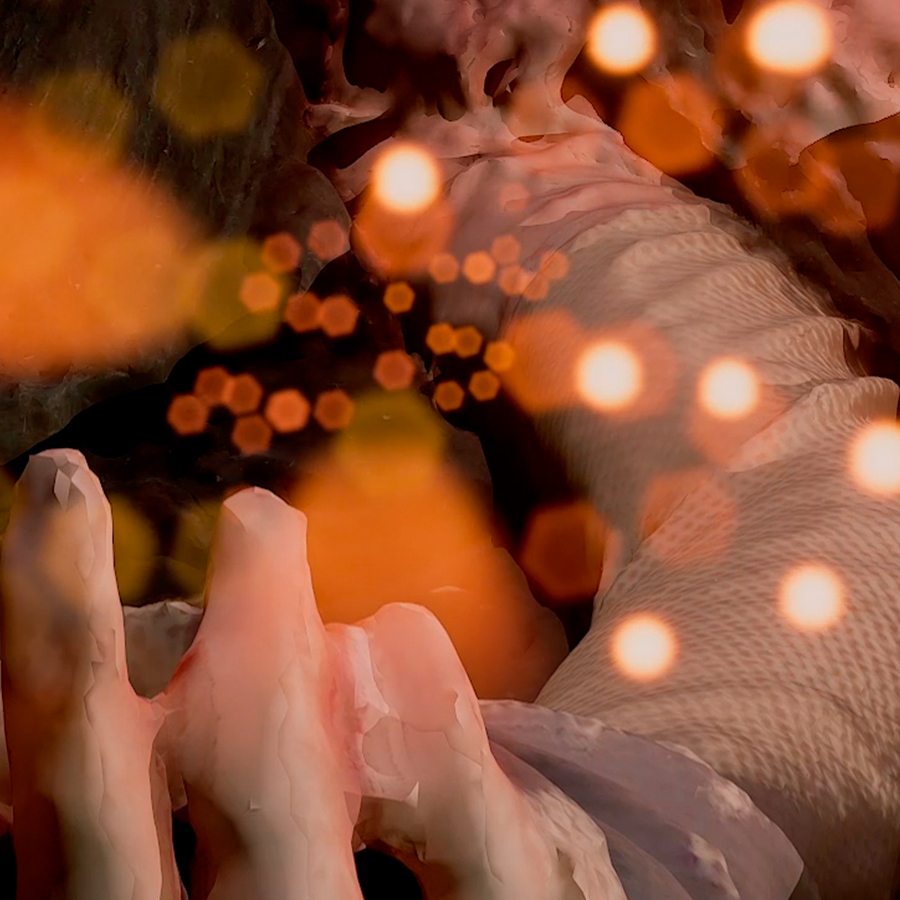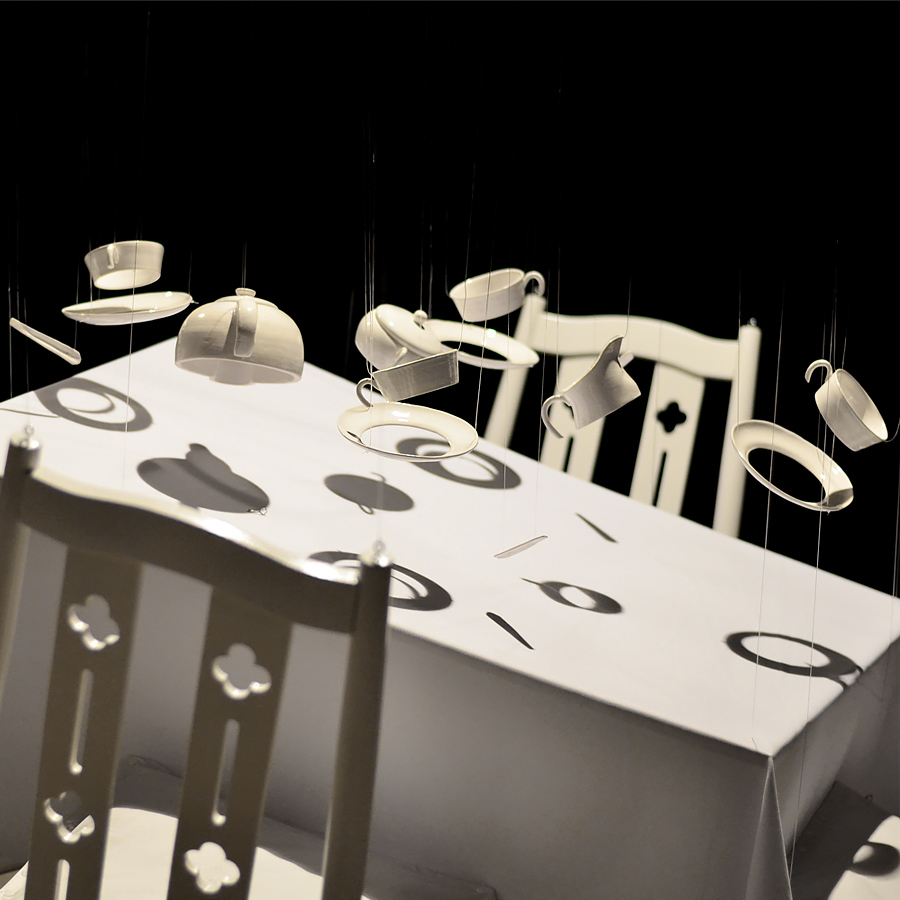Activities
Exhibitions, Semillero (Seedbed)
What is the way the word makes…
Cecilia Catalin
02.12.20
“I work with the smells that coexist with us daily. I call them ‘smells of collective memory’. I’m interested in the intimate emotional memories and the collective discourses that they simultaneously contain and evoke. In my pieces, I work with people who act as mediums, embodying them from the word and the body. I also reproduce them contained in spaces and objects.” Cecilia Catalín
What is the way that the word makes to become smell?
Screen captures
2020
ARTIST STATEMENT
What is the way that the word makes to become smell? focuses on the exhibition of the photographic series La captura, made up of a digital archive of more than 300 screenshots.
La captura starts from taking different series and films that are projected on online platforms as raw material, where, through the technique of screen capture, I isolate and register olfactory moments, losing the image to make way for the subtitle that enunciates situations related to smell on an absolutely black background.
The intention of presenting this project is, on the one hand, to be able to exhibit it in the digital medium in which it was born, and on the other, to test the possibility of producing the sensation of smell without the odoriferous matter being present, almost as an exercise that appeals to a reverse path where our ability to build and feel a smell occurs through language.
This series of photographs approaches a critical mapping exploring the construction of the olfactory field in film and the audiovisual plane. The image is lost and only language remains as form, and also as a container for allusions to considerations and consequences of smell.
CURATORIAL ESSAY (by Paola Fontana)
Driven (the smell) through language, it becomes a clear scene, in operations that recognize or imagine it. In its various intensities and values. How do we name them and why do we attend novel trials with our perceptions to understand them, as if the possibility of smelling had never been given to us at all?
Catalin, (with her olfactory captures) silences the image and deceives our most used sense. As the odor passes through the word, it gives it air, one of its materials, or components, or supports. Go through the word to the smell. Even if this was first.
In the audiovisual medium, words evoke aromas, our action / sensation when smelling them. So there is a noun, a verb and an adverb on these plates / captures. What it means to be natural, smell natural. Smell fear, smell happy.
There is an insistence on the artist to sniff at these specific terrains. In opening questions that are armed about smell. To inquire into the depths of consciousness in which we are immersed as olfactory participants and producers.
BIO
Cecilia Catalin
1985 | San Nicolás, Buenos Aires Province, Argentina
STUDIES
2010 | Bachelor in Visual Communication & Design, Rosario, Province of Santa Fe, Argentina
2017 | Workshop and Work Clinic with Diana Aisenberg, Buenos Aires, Argentina
2018 | Film Program, UTDT, Buenos Aires, Argentina
2019 | Action Laboratory, San Martín Cultural Center, Buenos Aires,
Argentina
EXHIBITIONS
2018 | Olores de la memoria Colectiva, El Mirador Foundation, Buenos Aires, Argentina
2016 | Evocativo Efluvios, Recoleta Cultural Center, Buenos Aires, Argentina Collectives
2020 | Mientras mis sueños sangran, El Mirador Foundation, Buenos Aires, Argentina
2019 | La vida frágil, Variations on the intimate, Arte x Arte Gallery in the Bienal Sur Framework, Buenos Aires, Argentina
2019 | Entre Sentidos, BIENAL SUR, MUNTREF in collaboration with the Museum of the University of Tucumán, San Miguel de Tucumán, Argentina
AWARDS
2018 | Special mention – UADE Visual Arts Awards, Buenos Aires, Argentina
2018 | Cultural Patronage
2019 | Training Fellowship – Action Laboratory. San Martín Cultural Center, Buenos Aires, Argentina
2017 | Individual Creation Grant, National Endowment for the Arts (FNA)
2013 | Interactive Program Training and Production Grant – Space
Telefónica Foundation, Buenos Aires, Argentina
OTHERS
2019 | Odotype. SocioCultural History of Smell. Federico Kukso. Edit. Taurus
2019 | Fortabat Foundation Award, Buenos Aires, Argentina (selected)
2019 and 2017 | International Congress on Smell and Taste.Laboratorios Montepellier, Buenos Aires, Argentina
2018 and 2014 | National Salon of Visual Arts, Alternative Media, Buenos Aires, Argentina
2017 | Braque Award, MUNTREF, Center for Contemporary Art in collaboration with the Paris Embassy, Buenos Aires, Argentina (selected)
